On a daily basis, we as consumers make decisions about which products we want to buy. However, this isn’t always a simple decision when there are hundreds of different kinds of products out there. That’s where labeling comes in. Because as much as we don’t want to admit it, we tend to judge a book by its cover.
When it comes to the food marketing universe, the labeling tends to be the big seller. Everyone these days wants the healthiest choice or the lowest calories, so the marketers work according. The problem is that labels are used more for the product’s advantage, not the consumer’s (aka you).
It is not that these labeling tricks are untrue, it is more that they may not tell the whole story or are unnecessarily marketed in order to increase prices. In order to save yourself money from buying overly marketed products, beware of these seven labeling tricks.
Note: I do not condone any of these products. Nor am I saying that the statements they make are false.
1. Low- or reduced- products
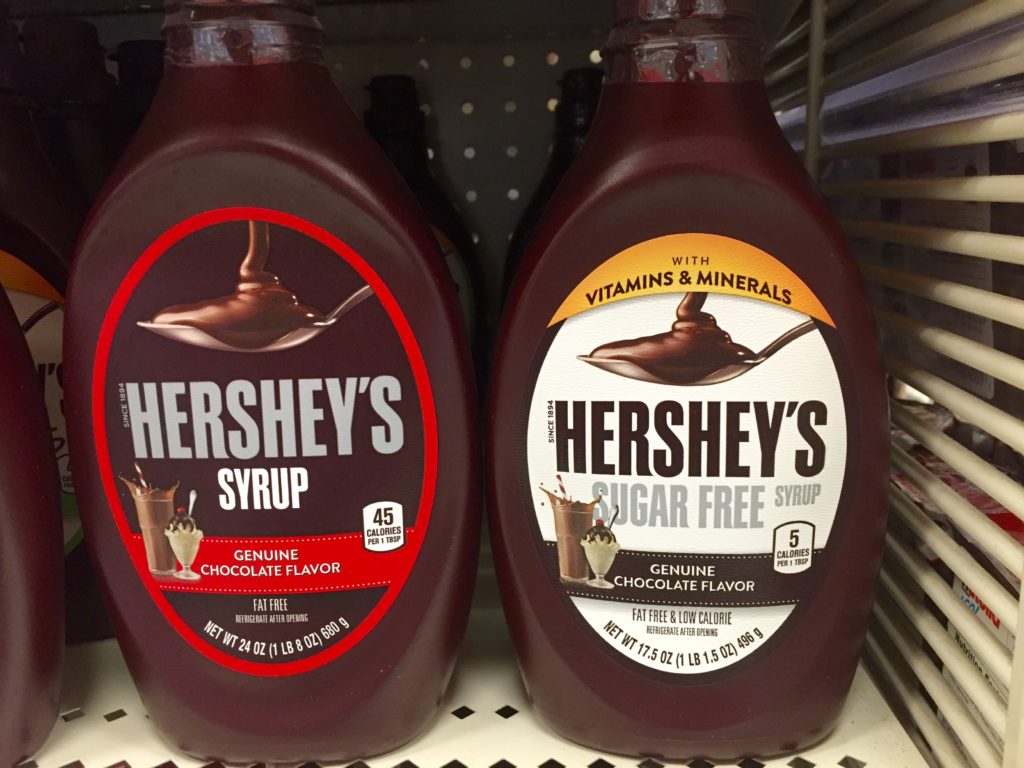
Photo by Ashley Peek
The three key flavor ingredients to look for with these products are sugar, fat, and salt. More times than not, these products compensate for their lack of ingredients that make for a tasty product. For example, a low-fat product may have an increased amount of sugar or salt. Similarly, a low-sugar product may have an increased amount of fat or salt.
Thus, if you buy these products due to the low-fat or sugar content, realize you are not necessarily getting a “healthier” product. Of course, some people have to watch out for certain nutrients over others, making this an okay reason to purchase a product. It’s important to look at both the nutrition label and ingredients to see what’s really changing.
If you want to cut down on the fat, sugar, and salt, try sticking to a more wholesome diet that cuts down on processed foods. Try out these 3-ingredient energy balls instead. They only take a couple minutes to make and will be sure to satisfy any sweet tooth.
2. Gluten-free products that are always gluten-free
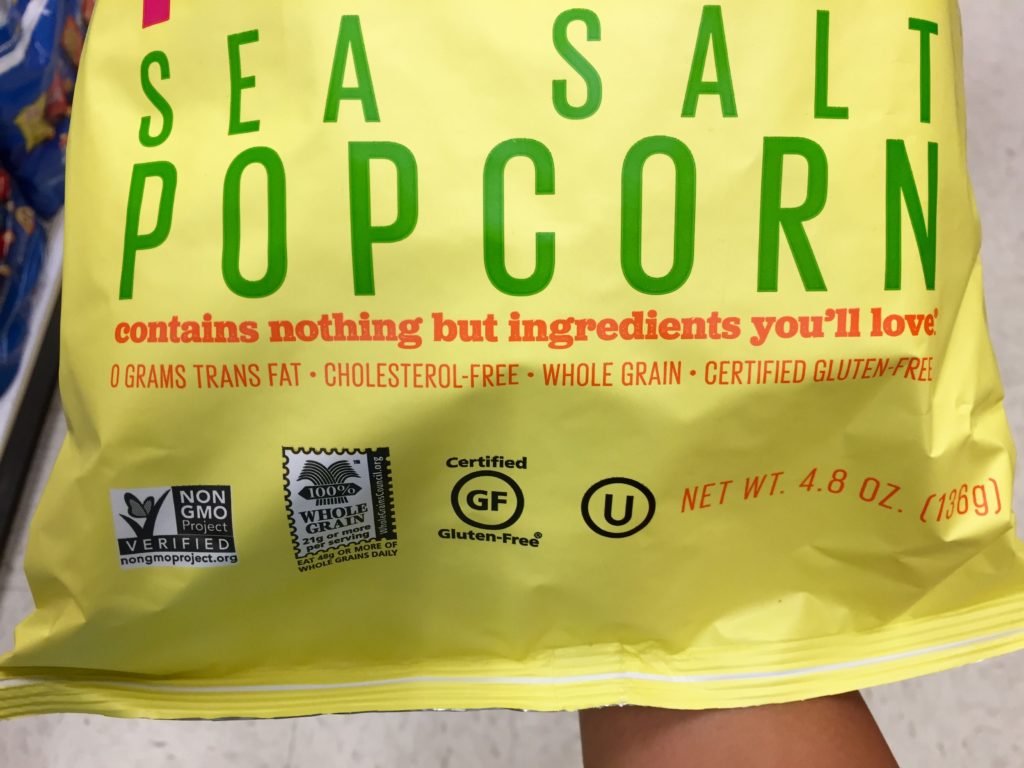
Photo by Ashley Peek
The gluten-free diet is one hot topic nowadays. According to Google Trends, the search for “gluten free” has increased significantly over the past couple years. It has only been until recently that some companies partake in this strategy.
Whether you really have to life through the struggles of being gluten-free due to Celiac disease or just following the trend, you may have a keen eye for any gluten-free label. However, know that some marketers for companies take advantage of this trend and will label their products as gluten-free even when their product is naturally gluten-free.
For example, some products that are always gluten-free are any corn products (tortillas, chips, popcorn), potato products, fruit, vegetables, milk, nut flours, quinoa, buckwheat, butter, and honey. Actually, the only products you will need to look out for are those with wheat, barley, and rye.
That being said, don’t fall into the trap of paying more money on a product that is labeled gluten-free when all of those products are gluten-free.
3. Cholesterol-free products that are always cholesterol-free
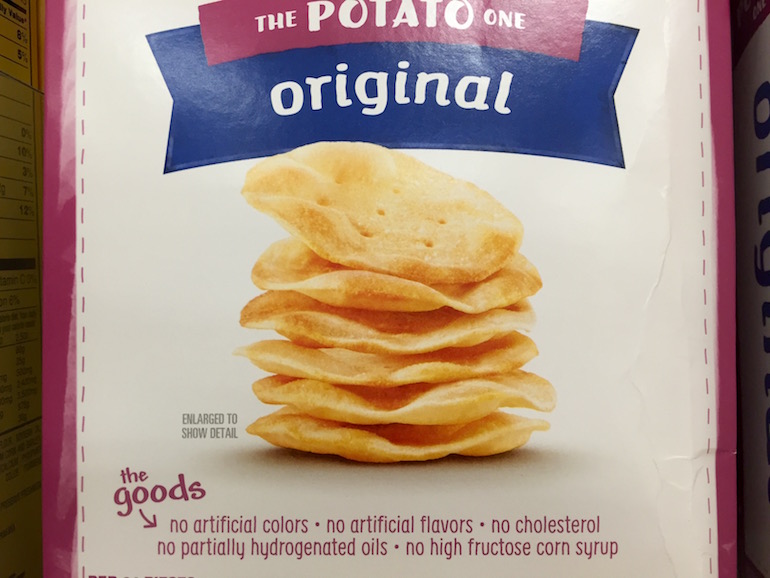
Photo by Ashley Peek
The same thing goes with cholesterol as gluten-free products. There only is one food group that contains cholesterol and that is anything that comes from an animal. An item that came from the Earth will never have cholesterol naturally in it.
Processed products can have cholesterol when ingredients such as milk, eggs, and cheese are added. However, you do not need a specific label to tell you this. These cholesterol-free crackers has a list of ingredients that include enriched wheat flour, palm oil, water, salt and yeast. See any animal products in there? I don’t.
Don’t make this claim the deciding factor between two products. Both can be cholesterol-free even if one doesn’t say so.
4. “Natural”
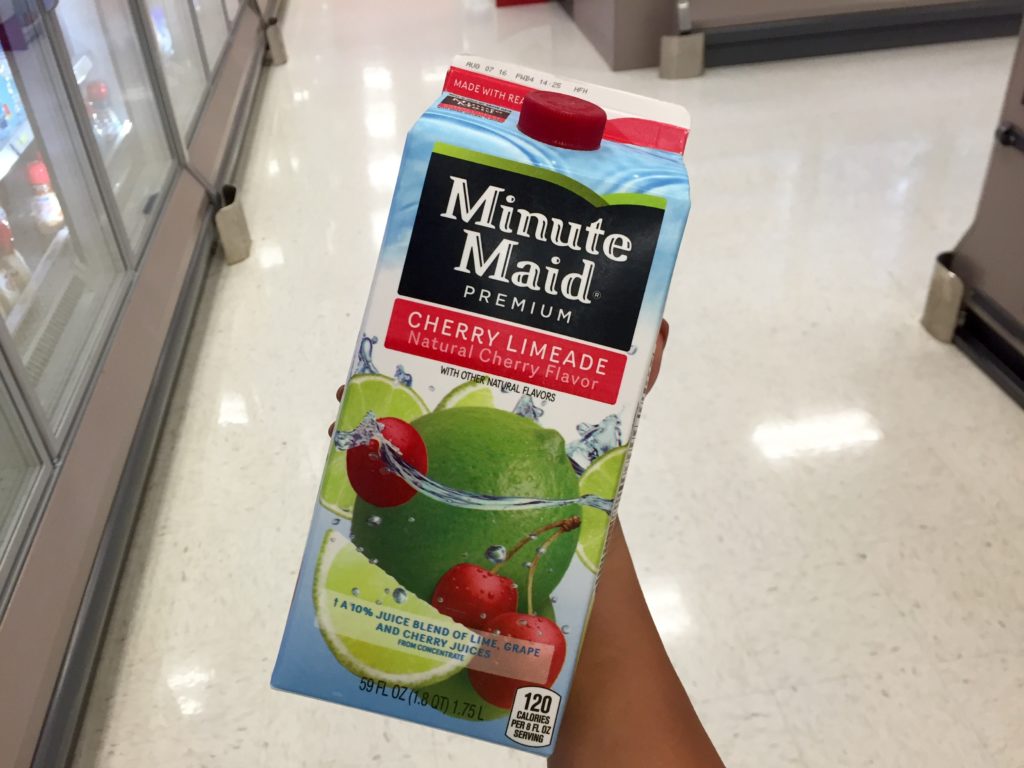
Photo by Ashley Peek
Natural is another keyword that can get a little twisted in the food labeling world. According to the FDA, “natural” is an acceptable label for a product that does not include any artificial ingredients that would not be normally found in a product. However, food companies can still find ways to get around this.
The term stands pretty vague, and it seems that many companies are still adding pesticides and GMOs to their products while labeling them “natural”. Congress has sent a report to the FDA hoping to clear up the term for the future.
As for now, by no means is a product healthy if it is “natural”. These products may still contain modified ingredients created through different methods that still meet this unclear definition.
5. 100-calorie packs
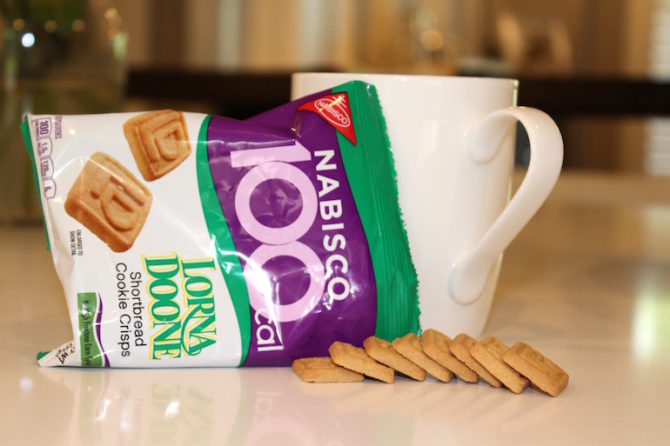
Photo by Rachel Rosenstein
Most people get sucked into these snack packs due to their low calorie count. But it’s 2016, are we still counting calories? There are many reasons why you should stop counting calories in the first place. It’s about quality, not quantity, remember?
These low calorie snacks are only trying to suck everyone into the counting calories trend, which is definitely not ok. These snacks usually contain the same exact ingredients as their bulk sized counterparts. The only difference is they pre-portion them for you. Do you really need to pay the extra money to do that?
6. Wheat bread
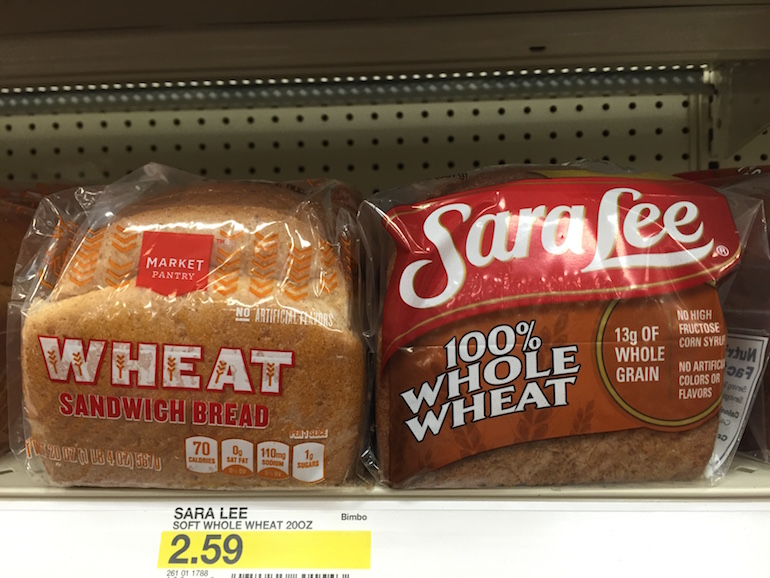
Photo by Ashley Peek
There are so many different ways to classify bread. It seems as though we can make a book that defines each one. To get the main story straight, check out this article that clearly defines the difference between wheat bread and whole grain bread.
Long story short, buying “wheat bread” does not mean you are getting all the nutrients you need. This type of bread can still be modified to seem like it’s full of nutrients when it’s not. For your best bet, always look for 100% whole wheat as the first ingredient.
7. Structure/Function Claims
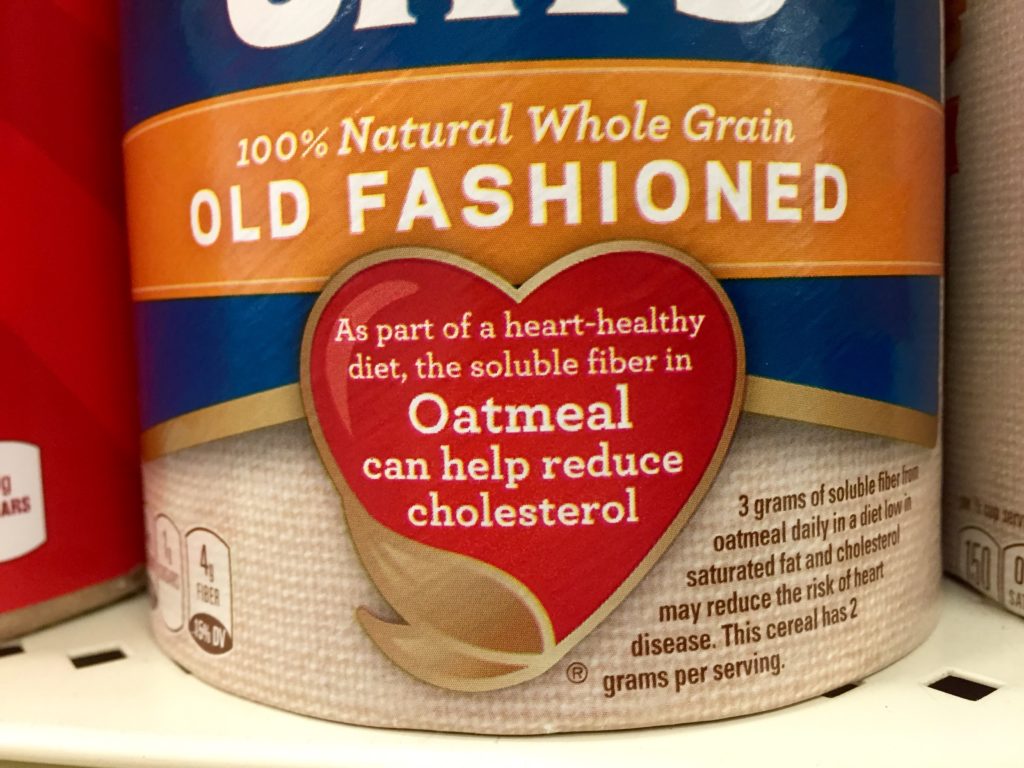
Photo by Ashley Peek
These claims, which state how a nutrient (soluble fiber) affects the body (reduce cholesterol), are not pre-approved by the FDA unlike health claims, which state how a product can help against a specific disease.
This means that a company can market their product with a structure/function claim as long as they have an FDA disclaimer on it somewhere. Which of course means it is going to be in the smallest font possible.
A product may have this ingredient and the claim stands true, but really they are just stating some facts and sharing it on their product if it’s somewhat relative. Always make sure to read the label to see what other ingredients the product provides as well as how much of a specific ingredient the product has.


